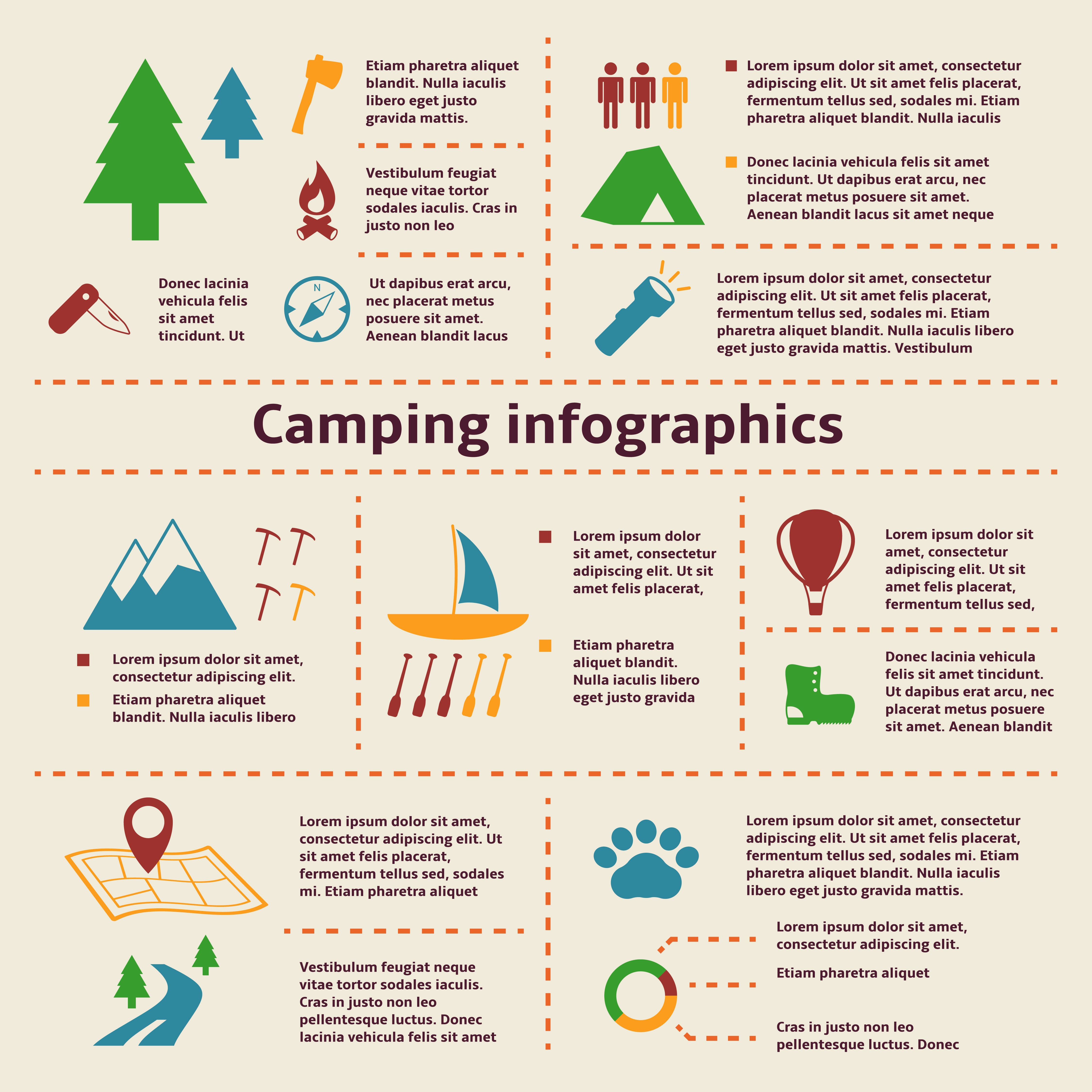Effective Online Camping Tents Business Marketing Techniques When You Sell Camping Tents
Effective Online Camping Tents Business Marketing Techniques When You Sell Camping Tents
Blog Article
Does Your Backpacking Outdoor Tents Need an Impact?
An impact is pricey and includes extra weight to your backpack. It also isn't particularly sturdy.
How do you treat Mould on canvas?
Ultimately, whether or not a tent footprint is needed relies on where and just how usually you're camping. In general, it's a good idea to use one if you camp on rough surfaces or in wet conditions.
Camping Tents with Reduced Deniers and Water-proof Rankings
Tents with lower deniers and waterproof ratings have a tendency to be lighter, however they can likewise be extra breakable. They may require more frequent repair services and have less interior space than tougher designs. If you're a laid-back backpacker who likes to travel fast and light, this might be fine; nonetheless, even more seasoned walkers recognize that giving up toughness can feature large effects down the route.
The denier and water-proof score of a camping tent's canopy, rainfly, and floor can help you establish its livability. Seek higher-denier textiles on the cover and rainfly, in addition to taped seams that help protect against water from permeating with stitches. Some makers even use heat and sealer throughout building to produce a stronger seam; these are called bonded joints.
The livability of a camping tent can also be determined by its flooring measurements and capability. A camping tent's floor need to be a little smaller sized than the footprint to prevent water from pooling under the sanctuary.
Camping Tents in Rough Terrain
Numerous backpacking outdoors tents consist of a footprint made especially for their design, which helps make certain an appropriate fit and safeguards the tent's base from dampness and sharp items. Other suppliers offer universal footprints that can be reduced or folded to match a tent's measurements.
The kind of terrain you'll run into is one more important factor to consider for selecting an outdoor tents. For example, if you'll be camping in a canyon or gully, search for a sanctuary that can manage strong winds. These problems produce turbulence that can make the distinction between enjoying your camping site or enduring pain.
The capacity and optimal elevation of a tent offer you a great idea of its livability, but added elements to take into consideration include vestibules (the area of the rainfly covering the doors) and general storage space. As an example, during our winter months testing of the Marmot Tungsten, its charitable 93-by-82-inch floor conveniently managed four perspiring backpackers and their puffier shoulder season resting bags while still leaving ample area for gear and individuals.
Tents in Wet Issues
Even if your camping tent appears completely dry, moisture hides in the nooks and crannies. Gradually, it can degrade the material. That's why it's so important to take advantage of rest days to deep-clean your outdoor tents and its components, such as zipper cellular linings, stake loopholes and adjustable webbing bands.
Also, make certain to pitch your tent in a level location, not a divot or metal tents concave area, so that ground water does not accumulate between the outdoor tents floor and impact or tarp. And if you're utilizing an impact, consider a custom-cut one made for your tent's layout. It will not gather rain the way a common ground cloth or tarpaulin can.
Practice establishing and taking down your camping tent at home before you took off, to get a feel for exactly how promptly and efficiently you can do it. Likewise, practice scouting your outdoor tents in different terrains to see just how easy it is (or isn't) to do in bad weather.
Camping Tents in High-Rise Situations
Outdoors tents range in flooring dimension and livability. For example, a big outdoor tents with dual doors and vestibules like Marmot's Tungsten can deal with 4 backpackers without calling for gymnastics to get in and out or to keep equipment.
The minimum path weight requirements is the best spec to contrast versions, as it includes the bare fundamentals: outdoor tents body, rainfly and posts. But bear in mind that the specification excludes tent risks, individual lines and stuff sacks.
Many backpacking outdoors tents can stand up to a light summertime tornado, yet some can be swept away by gale-force gusts. Search for a version with solid poles, a raised bathtub-style flooring and joint taping to lower the chance of water leaking with. Costlier designs also have a tendency to include more powerful products that can resist the effect of particles and various other pressures.
Who makes the best quality camping tents?
